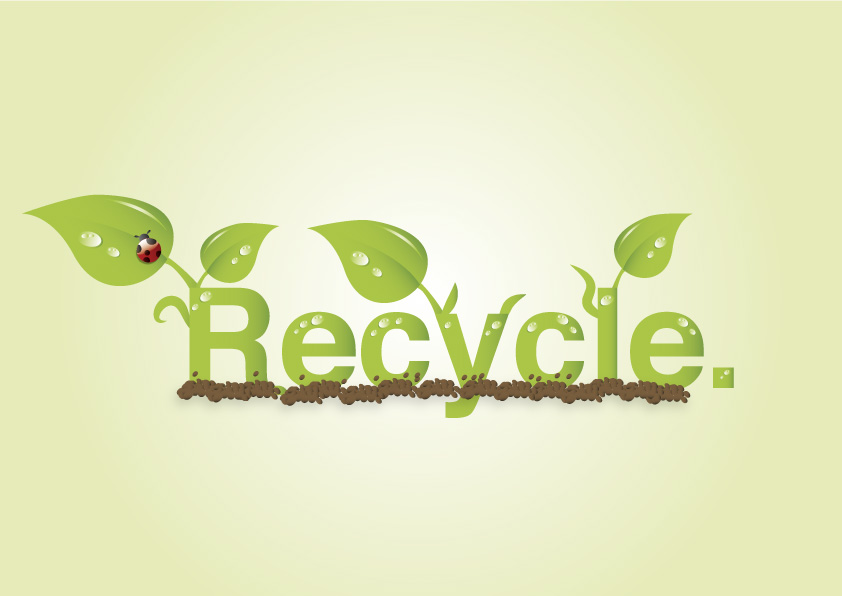Content marketing works well, and it’s not that new an idea. Jell-O’s free cookbooks from the early 1900s were a perfect example: content that was useful and entertaining for their customers and which also encouraged them to buy more.
Last year, Curata did a survey which found that 82% of respondents planned on increasing their investment in content marketing — the top answer for strategies planned and the only one which increased compared with the previous year.
The Content Marketing Institute found that 91% of their respondents (who may be a self-selected group) use content marketing. Yet 64% of their respondents had trouble coming up with enough content, and another 52% had trouble creating good content — clearly, it was possible to choose more than one option for that question.
More than half of those polled were trying to do it all in house. That’s probably a mistake, but the smaller the company the more likely they were to go that route, so let’s assume that they felt that they had to, rather than that they chose in-house content creation as the best option.
If you’re in the same position, you might be overlooking a good source of content for your company: the wastebasket!
Wastebasket may not really be the right word. You might keep your old papers in a library or archive, or there might be a big box somewhere, or you might have a file drawer full or even a company scrapbook. Whatever you call it, chances are good that you have some assets you could use to create online content:
- The collection of recipes sent in for the BBQ contest one year.
- The video taken when your CEO gave that speech at the Rotary Club.
- The instruction sheets you pass out in your store.
- The great photos from your company newsletter.
- The humorously terrible photos from your first company newsletter.
- Data from research you’ve conducted.
- Case studies.
Reusing print documents has one tremendous advantage: if it’s not on the internet yet, it’s not duplicate content. You therefore may have a large quantity of good stuff you could use online.
It also had one tremendous disadvantage: it wasn’t written for the internet. People read differently online from the way they read print. You can’t simply stick a pdf on your website and expect good results.
Here’s how to make good use of your archives:
- Go through and find content that will be useful and entertaining for your customers, patients, and clients — and potential clients, customers, and patients.
- If the content is available in digital form, find it. If not, type it up. Either way, grab the best parts.
- If there is a lot of good long-form content, think about creating ebooks.
- Don’t use jpg files or non-searchable pdfs for the words — search engines can’t understand those.
- Reformat the content to be more scannable, using bulleted points, shorter sentences, etc.
- Add an introduction with your essential keywords.
- Be sure that the introduction to the repurposed content is presented in a way that lets web visitors grasp the main point at a glance.
You may find some real treasures in your company’s archives.


Leave a Reply